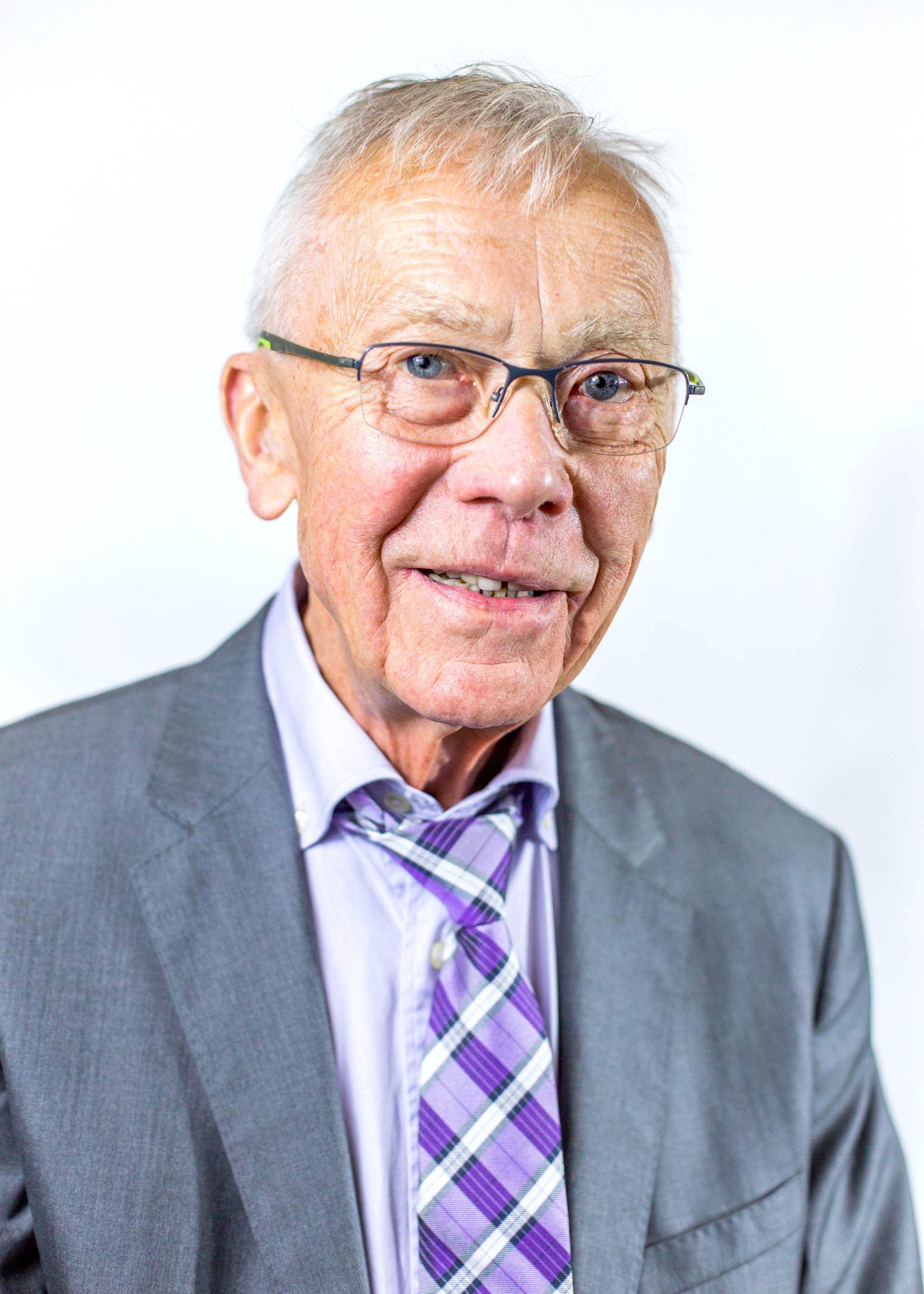
Olav Ullaland obtained his particle physics degree at the University of Bergen, Norway, in 1971. After a short research period at RAL, UK, he came to CERN in 1973 as a fellow and later became a staff member. He worked as a detector physicist until he retired from CERN in 2009, and remained active as an honorary member of the personnel, with one of his last scientific articles dating from 2020. He passed away on 16 June 2024.
Aside from detector R&D activities, Olav participated in the Split Field Magnet (SFM) experiment, the UA1 upgrade, the DELPHI experiment and finally LHCb. At CERN, he was DT2 group leader and subsequently became LBD group leader, a post he held until his retirement.
In the SFM experiment at the ISR, Olav oversaw the multi-wire proportional chambers and worked on a novel electromagnetic calorimeter prototype, later adopted by DELPHI. After contributing to the UA1 upgrade, he took a leading role in DELPHI’s complex Barrel Ring-Imaging Cherenkov (RICH) project – the first attempt to integrate an imaging Cherenkov detector into a cylindrical collider experiment. The challenges involved in operating a gas and liquid radiator, together with a photosensitive gas, at different temperatures in a confined space, were immense. Thanks to Olav's perseverance and the loyalty that he inspired in his team, he brought the detector to a level where it could be used for physics analyses, such as tagging strange jets from Z and W decays. This was a critical milestone in the history of RICH detectors.
Olav joined LHCb a couple of years after the experiment’s inception in 1995, as project leader for the downstream RICH-2 detector. Thanks to his deep knowledge of detector physics and techniques, from electronics to the mechanical stresses of structures and the thermodynamics of gases, he managed, along with his team, to find solutions to potential “showstoppers” while always remaining calm and maintaining team spirit. It was a testament to Olav’s efforts that LHCb’s particle identification system worked so impressively in studying CP-violation and heavy-flavour rare decays. In addition, Olav was LHCb Resource Coordinator for several years, taking impeccable control of delicate LHCb financial matters at the beginning of the experiment’s operation. His expertise in leading project reviews and trouble-shooting wide-ranging detector subsystems was also in high demand both within and outside LHCb.
Olav was a wonderful collaborator, encouraging younger colleagues to make presentations internationally while graciously stepping away from the limelight himself. His dedication to training was highlighted by his running of the CERN Summer Student programme lectures and laboratory courses. His brilliant scientific career left a profound mark on students, collaborators and friends; we all bore witness to his excellent mentoring and, still today, many who hold managerial positions still greatly value the time they spent with him. Throughout, his outstanding sense of humour shone through.
For Olav, work was not confined to CERN but continued in local restaurants and any other possible meeting place. These unconventional settings provided a conducive atmosphere for exploring, discussing and challenging new projects, ideas and perspectives and for debriefs, with the goal of always promoting cohesion, in a critical, constructive and friendly fashion. Olav’s “Apéro” meetings were carefully designed to fit in between work and dinner and will be remembered by senior scientists and students alike.
Olav, we miss you and will never forget you!
His colleagues and friends
If you would like to add thoughts and/or donate to his preferred charity (SOS-Barnebyer), please visit Olav’s memorial page.
